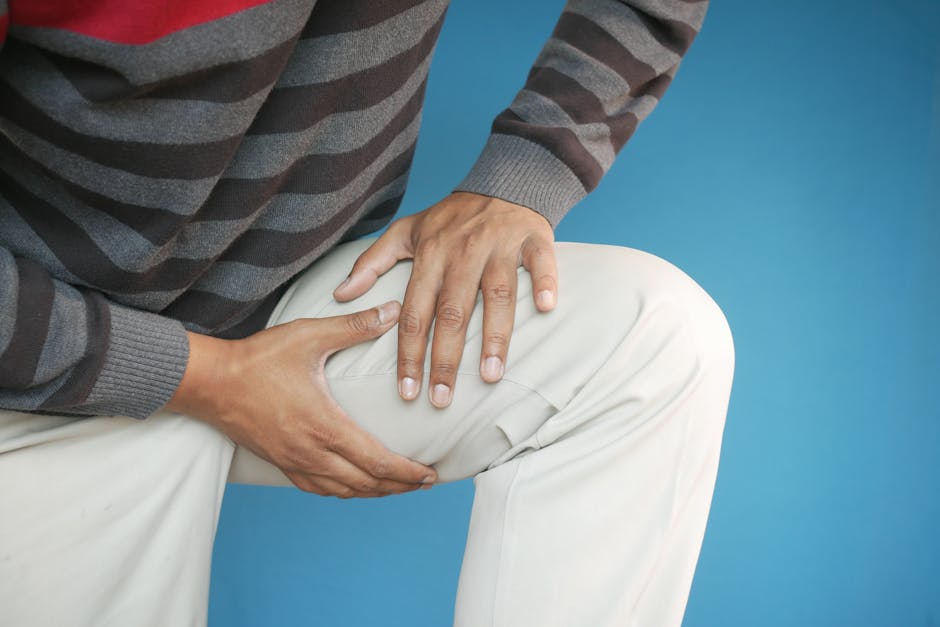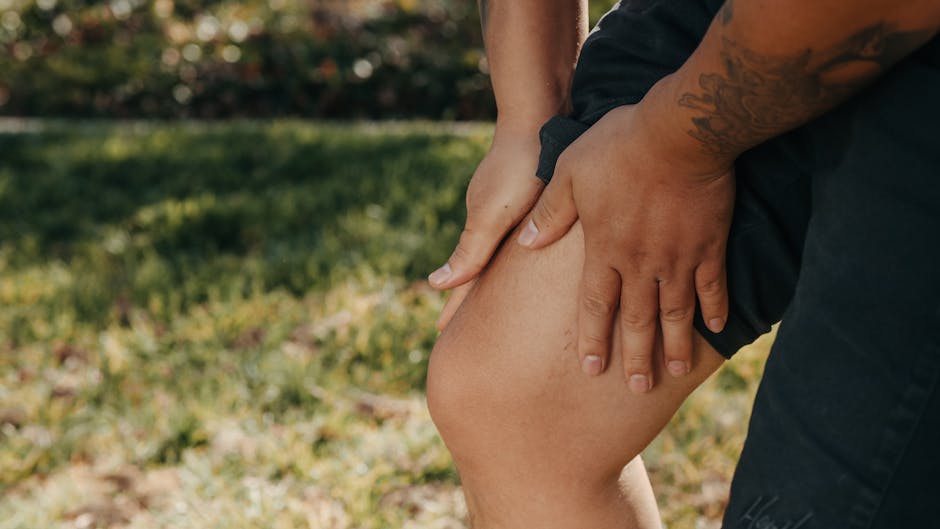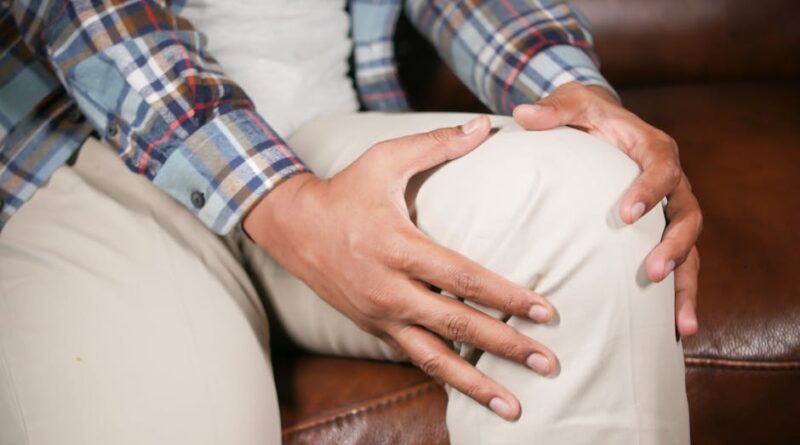Managing Joint Pain in Winter: A Comprehensive Guide
As the winter season sets in, many individuals find themselves grappling with increased joint pain. Whether it’s arthritis, fibromyalgia, or just general aches and pains, the cold weather can exacerbate these issues and make daily activities more challenging. In this article, we will delve into the various strategies and techniques for managing joint pain in winter. From understanding the science behind joint pain to exploring practical tips for relief, we will cover it all. So, grab a warm cup of tea, cozy up, and let’s navigate the world of joint pain together.
The Science Behind Joint Pain

Before we dive into the strategies for managing joint pain in winter, it’s essential to understand the science behind why cold weather can worsen these symptoms. According to experts, the drop in temperature can cause the tissues around the joints to contract, leading to stiffness and discomfort. Additionally, changes in barometric pressure can also play a role in aggravating joint pain. The body’s response to cold weather involves redirecting blood flow to vital organs, which can result in reduced circulation to the extremities, including the joints.
Practical Tips for Managing Joint Pain

Now that we have a basic understanding of why joint pain can worsen in winter, let’s explore some practical tips for managing these symptoms:
Stay Active
While the temptation to hibernate during the winter months is strong, staying active is crucial for managing joint pain. Low-impact exercises such as swimming, yoga, or walking can help improve joint flexibility and reduce stiffness. Additionally, regular physical activity can help maintain a healthy weight, which can alleviate pressure on the joints.
Keep Warm
Keeping warm is essential for managing joint pain in winter. Layering up with thermal clothing, using heating pads, or taking warm baths can help soothe achy joints. Investing in a good pair of gloves, socks, and shoes can also provide added protection against the cold.
Stay Hydrated
Proper hydration is key for maintaining joint health. Drinking an adequate amount of water can help lubricate the joints and reduce friction, which can alleviate pain and stiffness. Additionally, staying hydrated can improve overall joint function and mobility.
Eat a Balanced Diet
A healthy, balanced diet rich in anti-inflammatory foods can help reduce joint pain and inflammation. Incorporating foods high in omega-3 fatty acids, such as salmon, walnuts, and flaxseeds, can help combat inflammation. Additionally, foods rich in antioxidants, such as berries and leafy greens, can help protect the joints from damage.
Try Hot and Cold Therapy
Hot and cold therapy can provide relief for achy joints. Applying a heating pad or warm compress to the affected area can help relax muscles and improve blood flow. Conversely, using ice packs or cold packs can numb the area and reduce pain and inflammation.
Alternative Therapies for Joint Pain

In addition to the above tips, there are several alternative therapies that can help manage joint pain in winter:
Acupuncture
Acupuncture is a traditional Chinese therapy that involves inserting thin needles into specific points on the body to alleviate pain and promote healing. Many individuals find relief from joint pain through acupuncture sessions, as it can help improve circulation and reduce inflammation.
Massage Therapy
Massage therapy can be beneficial for relieving muscle tension and reducing joint pain. A skilled massage therapist can target specific areas of discomfort and help improve mobility and flexibility. Additionally, massage can promote relaxation and reduce stress, which can further alleviate joint pain.
Common Misconceptions About Managing Joint Pain

Despite the wealth of information available on managing joint pain, there are still some common misconceptions that persist. Let’s debunk a few of these myths:
Myth: Cold Weather Causes Joint Pain
While cold weather can exacerbate joint pain symptoms, it doesn’t directly cause joint pain. The underlying conditions, such as arthritis or fibromyalgia, are the primary causes of joint pain. Cold weather simply worsens these symptoms by affecting the joints and surrounding tissues.
Myth: Joint Pain is Inevitable with Age
While it’s true that joint pain is more common as we age, it is not inevitable. By adopting healthy lifestyle habits, staying active, and seeking appropriate treatment, individuals can mitigate joint pain and maintain mobility well into their golden years.
Conclusion
To wrap things up, managing joint pain in winter requires a multifaceted approach that includes staying active, keeping warm, and incorporating alternative therapies. By understanding the science behind joint pain and implementing practical tips, individuals can effectively manage their symptoms and improve their quality of life. Remember, joint pain should not be a barrier to enjoying the winter season. With the right strategies and mindset, you can navigate the cold weather with ease and comfort. Stay warm, stay active, and take care of your joints!
Additional Resources:
If you’re looking for more information on managing joint pain, here are some additional resources to explore:




